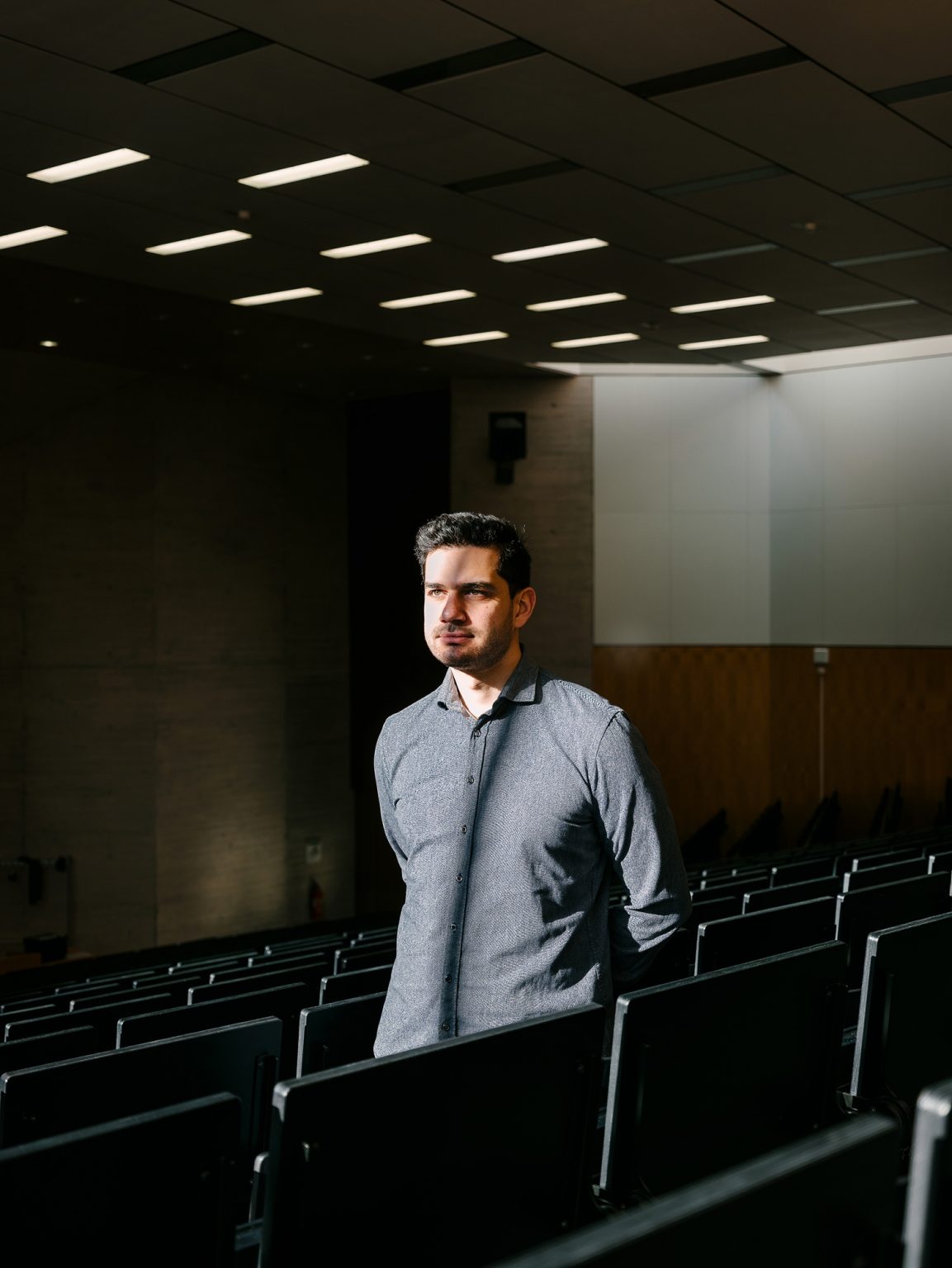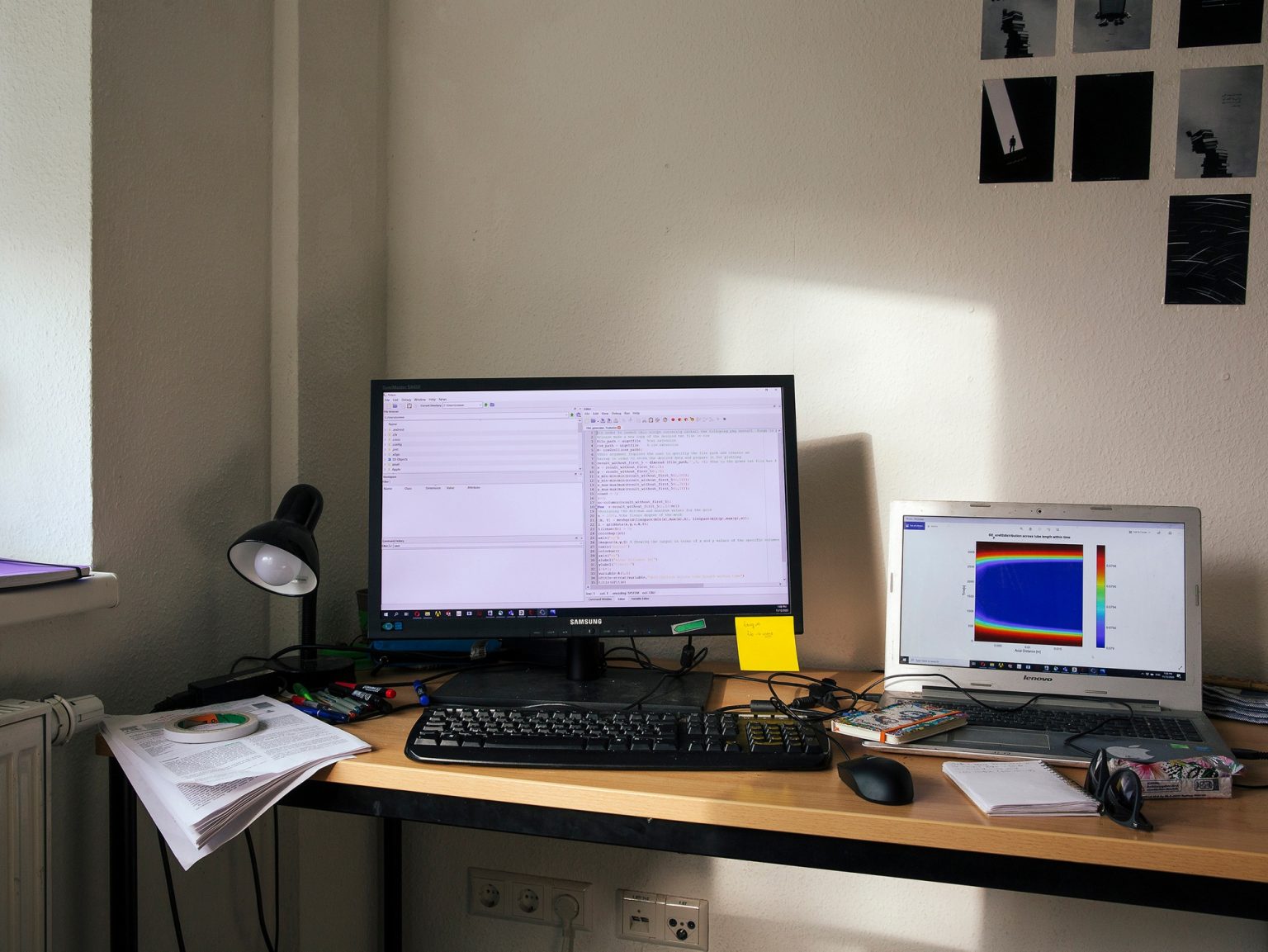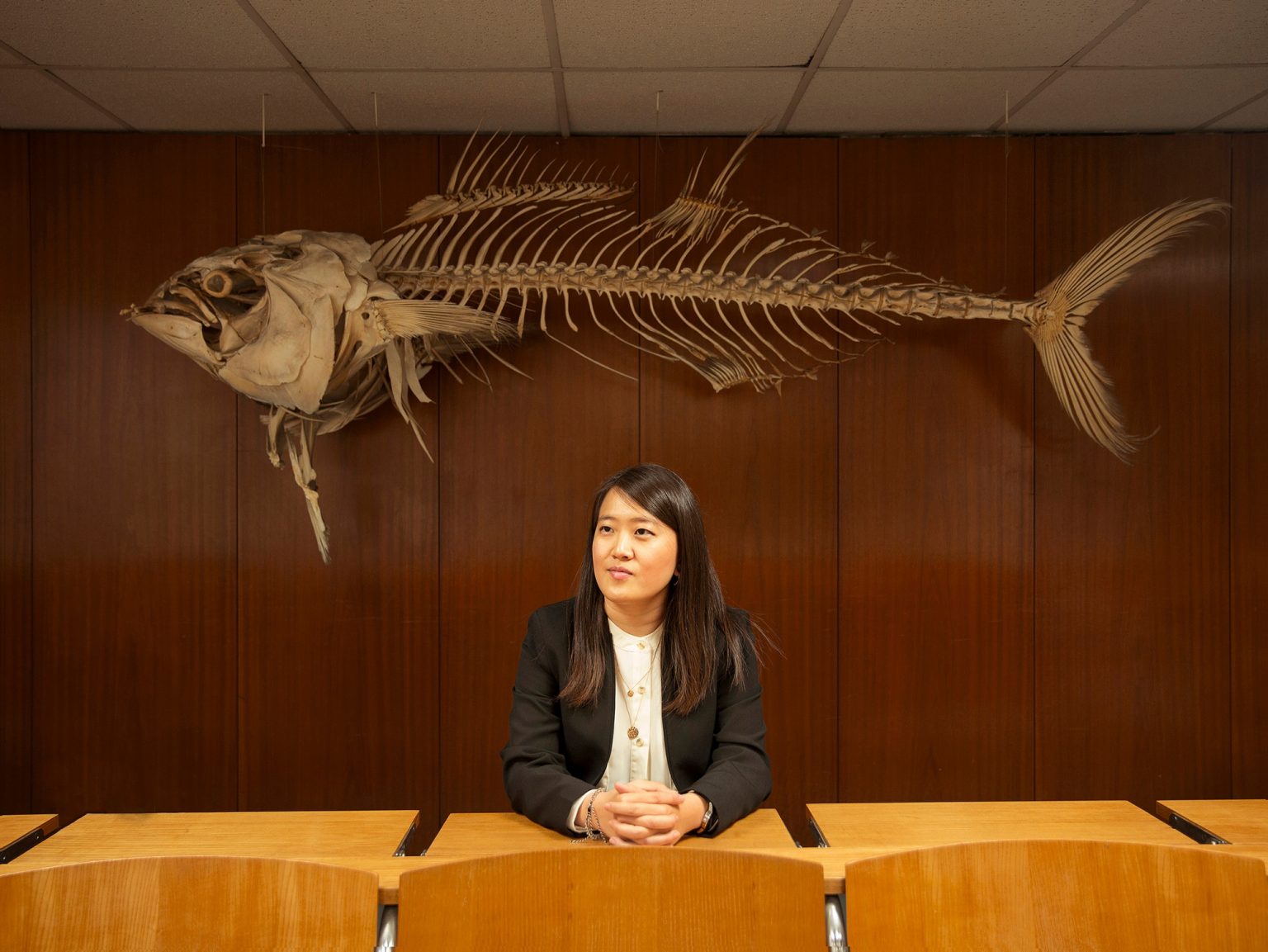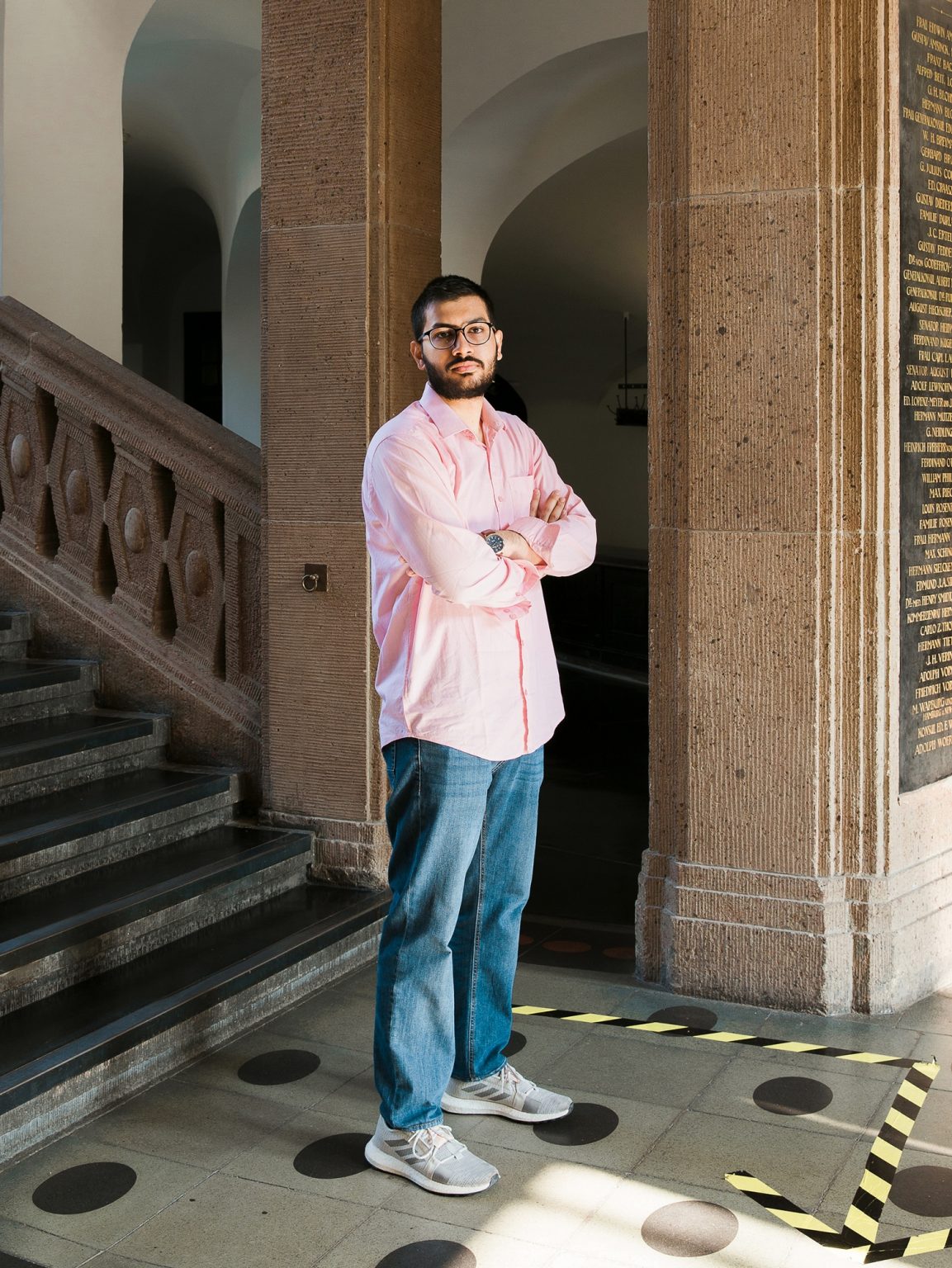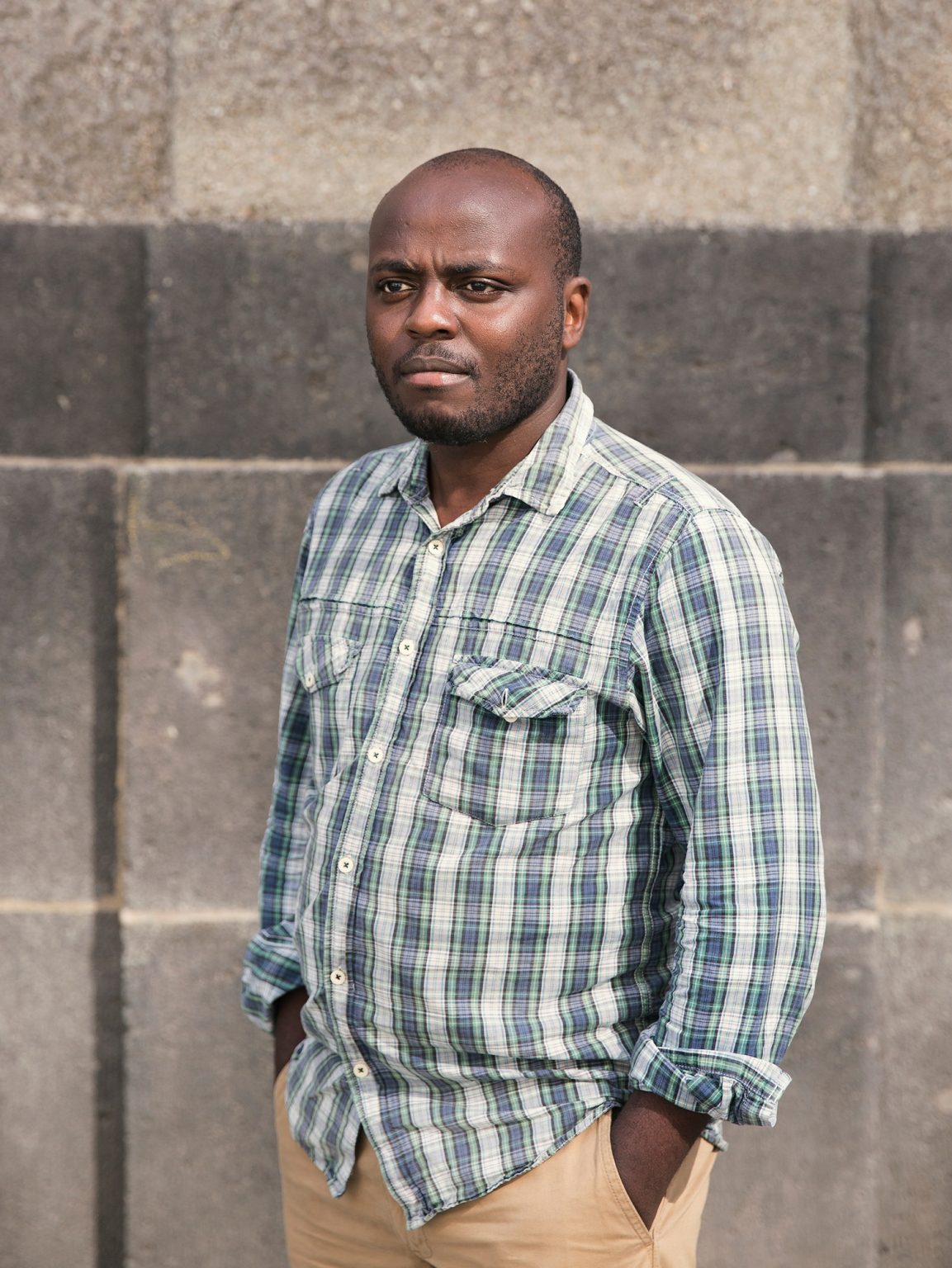Ich Bin Da
Faces Behind the Statistics of International Students in Germany
What demographic challenges will Germany face in the future and what effects will this have on the labor market? Can education and specifically the internationalisation of universities become an important force for economic and social development? ,,Ich Bin Da” is a long term photographic project that documents the correlation between these issues.
Germany has the third most rapidly-ageing population worldwide. According to recent projections by the Federal Statistical Office, whilst in 2018 the working population (those aged between 20 and 66) totalled 51,8 million, by 2035 that number could reduce to 45-47 million. Fast-forward another 25 years to 2060, and, depending on the levels of net immigration, the figure could reduce further to 40-46 million.
A possible long-term solution to this issue, rarely taken into consideration in public discourse, lies within Germany’s higher education system. Since 2013, the country has been focusing at internationalising its universities. The aim is primarily to ensure higher levels of enrolment especially for universities located in areas that have seen a decrease in population; and, as a byproduct, the hope is that once the students have graduated, they will remain locally and contribute to the dwindling skilled workforce. In 2021, 11,8% (roughly 330.000) of all university students in Germany were Bildungsausländer.
In 2020 Stefano Miliffi started travelling through German Universities to collect stories of individuals who decided to leave their families behind and move to Germany to study and eventually to start a career once they graduate.
Turning the numbers (commonly associated with the field of statistics) into faces, has allowed him to put forward their experiences and create empathy around the diversification they provide not only to the higher education system, but also to the labor market and the country as a whole.
In contrast to the common, yet essential, narrative which focusses on economic migrants as the principal solutions to Germany’s demographic problem, the goal of this project is to highlight how education can become an important force for economic and social development, should there be an efficient alignment between universities, institutions, and Workforce Development Agencies.
By presenting the faces behind the statistics, “Ich bin da” hopes to foster a wider sensibility among all who are directly involved – be it students, universities, institutions, or German employers. The hope is also that in raising awareness on what the internationalization of higher education means on a more personal and therefore tangible level for society, the benefits that this diversity brings to the country as a whole will become more apparent and will be of interest to the wider public.









